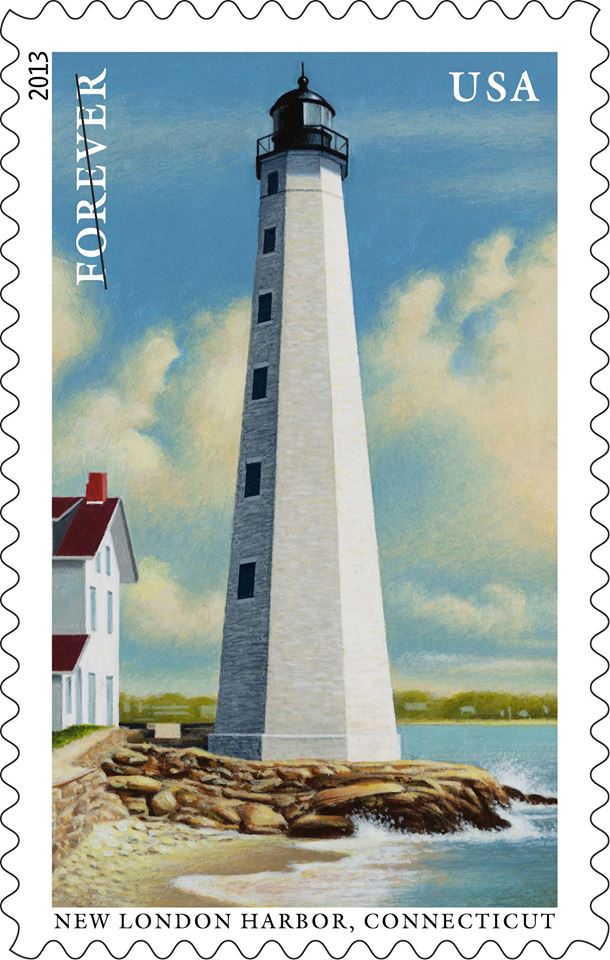14 States and D.C. Have Recovered Recession-Lost Jobs; Connecticut Hasn't Yet
/
While employment has steadily climbed since the nation’s economic recovery began, only a few states have seen job levels return to pre-recession numbers thus far, and Connecticut is not among them. Last month marked the four-year anniversary of the end of the recession in June 2009, and updated U.S. Department of Labor estimates published within the week show the extent to which states are rebounding.
The U.S. has recovered 5.3 million jobs since job losses bottomed out, still about 2.2 million below pre-recession levels, Governing magazine reported. Only 14 states and the District of Columbia have fully recovered jobs dating back to 2008. Of those, only oil-rich Texas, North Dakota and Alaska recorded notable job growth exceeding a couple percentage points. In Connecticut, net employment is down 3.6 percent and in Rhode Island it’s down 4.5 percent. Employment is up one percent in New York, and nearly one percent in Massachusetts over that period.
Across the country, North Dakota experienced a 20.6 percent gain in employment since the recovery began, by far the nation’s largest increase. The state's population also jumped, accordingly. Texas (8.6 percent), Utah (7.8 percent) and Indiana (6.4 percent) recorded the next-highest percentage increases over the four-year period.
As residents of Connecticut have seen first-hand, Texas is aggressively job poaching. The Lone Star State and California are in the midst of a well-publicized battle for jobs, with Gov. Rick Perry making numerous visits to California and airing radio ads courting the state’s employers. The two states collectively added nearly 1.4 million jobs since the recovery began, accounting for more than a quarter of the nation’s total job growth. Perry, of course, is also taking on New York, Connecticut and Illinois in his jobs-snatching corporate romancing.
Most states still have a long way to go before payrolls return to pre-recession levels, Governing magazine reports. Nevada’s unemployment rate remains the country’s highest at 9.6 percent. The state also has registered the largest percentage drop in employment since the recession began (-9.8 percent), followed by Arizona (-6.3 percent) and Alabama (-5.2 percent).
A map developed by the publication shows the extent to which each state recovered, with states shaded based on the percentage change in nonfarm employment since the recession began in January 2008 (the National Bureau of Economic Research determined the economy peaked in December 2007).
State economies didn't all peak or bottom out at the same time either, so the data represents snapshots since the official start of the recession. Traditionally, Connecticut enters national recessions late, and emerges from them after most states as well. Governing also notes that the data doesn’t take into account more people entering the labor force.
The U.S. Bureau of Labor Statistics recently reported that Federal government employment continued to trend down in June (-5,000) and has declined by 65,000 over the past 12 months. Of particular interest in Connecticut due to its employment levels in the financial services industry, employment in financial activities rose by 17,000 in June, with most of the increase occurring in credit intermediation (+6,000) and in insurance carriers and related activities (+6,000), according to the Bureau.
Employment in professional and business services rose by 53,000 in June. Over the past year, the professional and business services category has added 624,000 jobs. Leisure and hospitality added 75,000 jobs in June. Monthly job growth in this industry has averaged 55,000 thus far in 2013, almost twice the average gain of 30,000 per month in 2012. Employment in the amusements, gambling, and recreation industry also continued to trend up in June (+19,000).















































